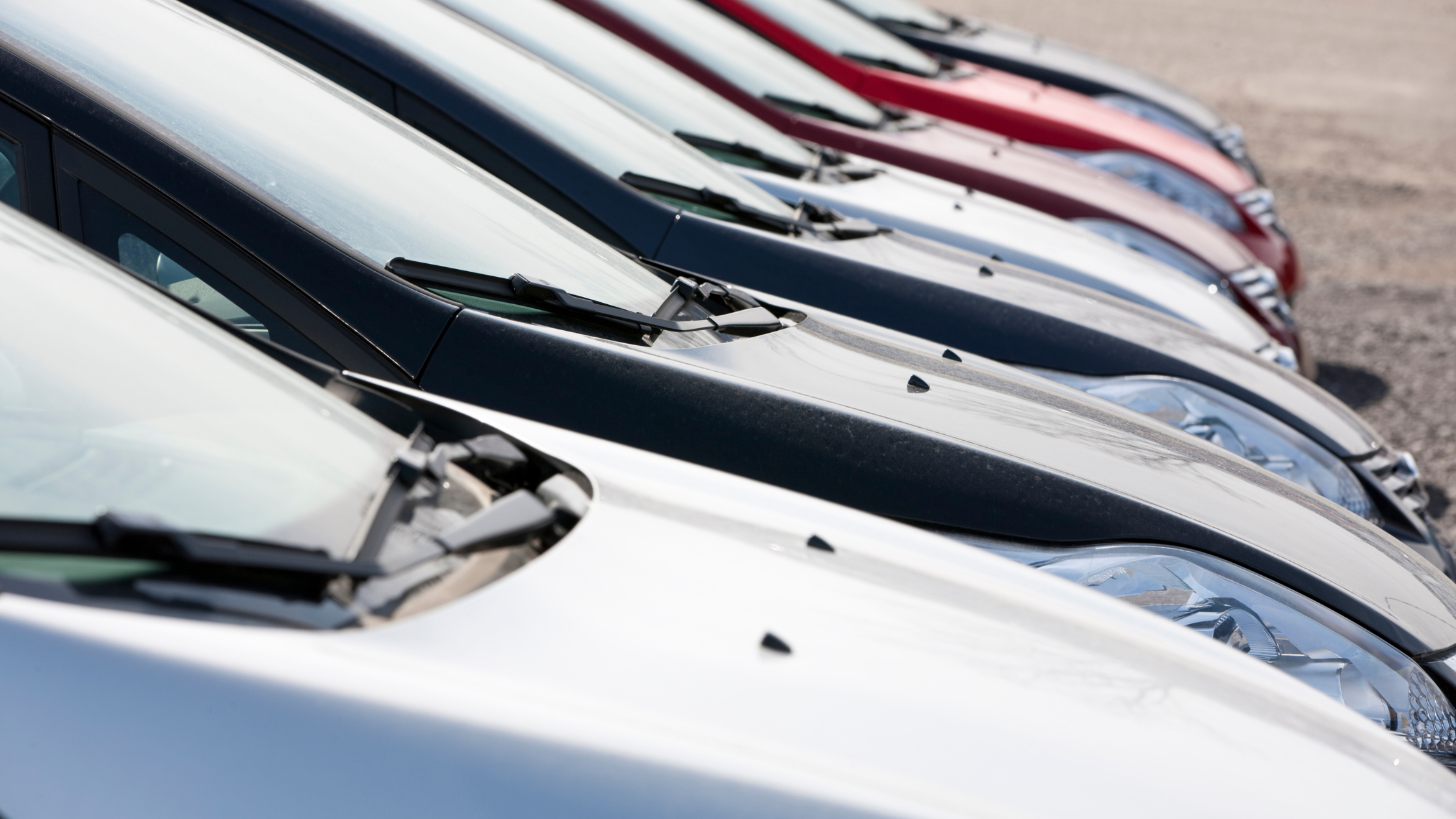As a rideshare driver, you’re constantly on the road, racking up miles and, of course, burning fuel. Between daily commutes, long trips, and extended hours of driving, fuel costs can quickly eat into your earnings. Luckily, there are ways to maximize your fuel efficiency and ensure you get the most out of every gallon.
In this blog, we’ll share practical fuel-saving tips specifically for rideshare drivers. By implementing these tips, you can lower your fuel costs and boost your bottom line.
1. Drive a Fuel-Efficient Vehicle
The most important step in improving your fuel efficiency is driving the right car. Opting for a fuel-efficient vehicle or a hybrid can significantly reduce your gas expenses. Hybrid cars, in particular, combine electric power with a gasoline engine, offering excellent mileage—especially for city driving, which is common in rideshare.
Tip:
If you’re a rideshare driver looking to reduce your fuel costs, consider renting or switching to a hybrid or electric vehicle. Hybrids like the Toyota Prius, Honda Insight, or Ford Fusion Hybrid can deliver up to 50 miles per gallon in city conditions. At EcoDriven, we offer fuel-efficient hybrid rentals for rideshare drivers, helping you save on gas while driving.
2. Maintain Steady Speeds
It’s tempting to accelerate quickly or slam on the brakes to beat the clock, but doing so will hurt your fuel efficiency. Rapid acceleration and braking waste fuel and increase wear on your vehicle’s engine.
Tip:
Aim for a smooth, steady pace by using gentle acceleration and braking. Keeping your speed consistent and avoiding hard stops will improve your fuel economy. Use cruise control on highways to maintain a steady speed and conserve fuel.
3. Keep Your Tires Properly Inflated
Under-inflated tires create more rolling resistance, meaning your car has to work harder and burn more fuel to move. Proper tire maintenance is a simple but effective way to increase your fuel efficiency.
Tip:
Check your tire pressure regularly, at least once a month. If your tires are under-inflated, you could be losing 3% or more of your fuel efficiency. Ensure that your tires are inflated to the recommended level for the best fuel economy.
4. Avoid Idling for Long Periods
Many rideshare drivers unknowingly waste fuel by leaving their engine running while waiting for their next ride request. While it may seem easier to leave the car on, idling actually consumes fuel without any benefits.
Tip:
If you’re waiting for a ride or stuck in traffic, turn off the engine if you expect to be stopped for more than a minute or two. Turning off the engine and restarting it uses less fuel than idling for long periods.
5. Limit Use of Air Conditioning
Using air conditioning on hot days can reduce your fuel efficiency, as it puts additional strain on the engine. While it’s not always avoidable, minimizing A/C use during long drives can save you money in the long run.
Tip:
When driving at lower speeds, open the windows instead of using A/C. At higher speeds, turn the A/C on only when necessary, as the increased airflow can help keep your car cool without using too much energy.
6. Plan Your Routes Efficiently
The more time you spend on the road, the more fuel you use. Wasting time in traffic or taking inefficient routes can dramatically increase your fuel expenses. Instead, use navigation apps that provide real-time traffic updates and suggest the quickest, most efficient routes.
Tip:
Use Google Maps, Waze, or another GPS app with real-time traffic updates to avoid congestion and take the most efficient routes. You can save both time and fuel by planning your route before you start the ride.
7. Lighten Your Load
Driving with a heavy load can reduce your fuel efficiency, especially if you’re carrying extra weight in the trunk or backseat. The more weight your car carries, the more fuel it uses to move.
Tip:
Keep your car as light as possible. Remove unnecessary items from the trunk or backseat, and make sure your vehicle isn’t overloaded. Also, avoid carrying roof racks unless absolutely necessary, as they create extra wind resistance and reduce fuel efficiency.
8. Drive Smart During Peak Hours
Traffic congestion can lead to unnecessary fuel consumption as you sit idle or crawl through stop-and-go traffic. If you know your area’s peak hours, plan your rides around them to avoid getting stuck in traffic.
Tip:
If possible, try to drive during off-peak hours when traffic is lighter. Early mornings and late afternoons (outside of rush hour) are usually the best times for efficient driving.
9. Keep Your Car Well-Maintained
Routine maintenance is key to maximizing your fuel efficiency. Dirty air filters, old spark plugs, and other neglected car parts can reduce engine efficiency and make your vehicle burn more fuel than necessary.
Tip:
Stick to a regular maintenance schedule for things like oil changes, air filter replacement, and tire rotations. A well-maintained vehicle performs better, uses less fuel, and ensures you stay on the road without unexpected breakdowns.
Final Thoughts: Maximize Your Earnings and Save on Gas
For rideshare drivers, fuel costs can add up quickly. But by following these simple fuel efficiency tips, you can save money, improve your earnings, and reduce your environmental impact. Whether you’re driving a hybrid or a regular vehicle, making small adjustments to your driving habits and vehicle maintenance can go a long way.
Want to save even more on gas? Consider renting a hybrid car specifically designed for rideshare drivers. EcoDriven offers affordable hybrid rentals that provide better mileage, so you can drive smarter, save on gas, and boost your earnings.
